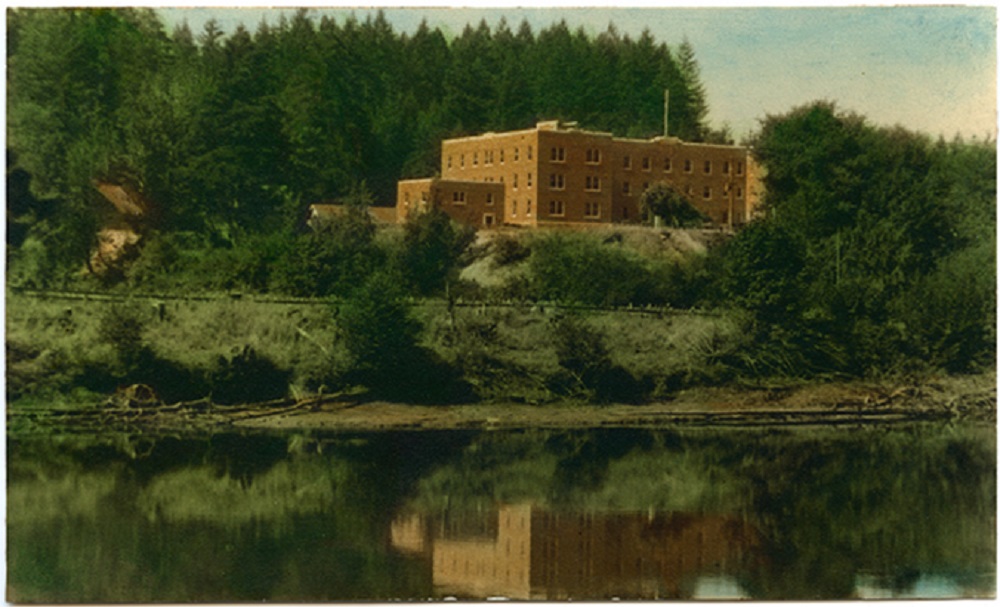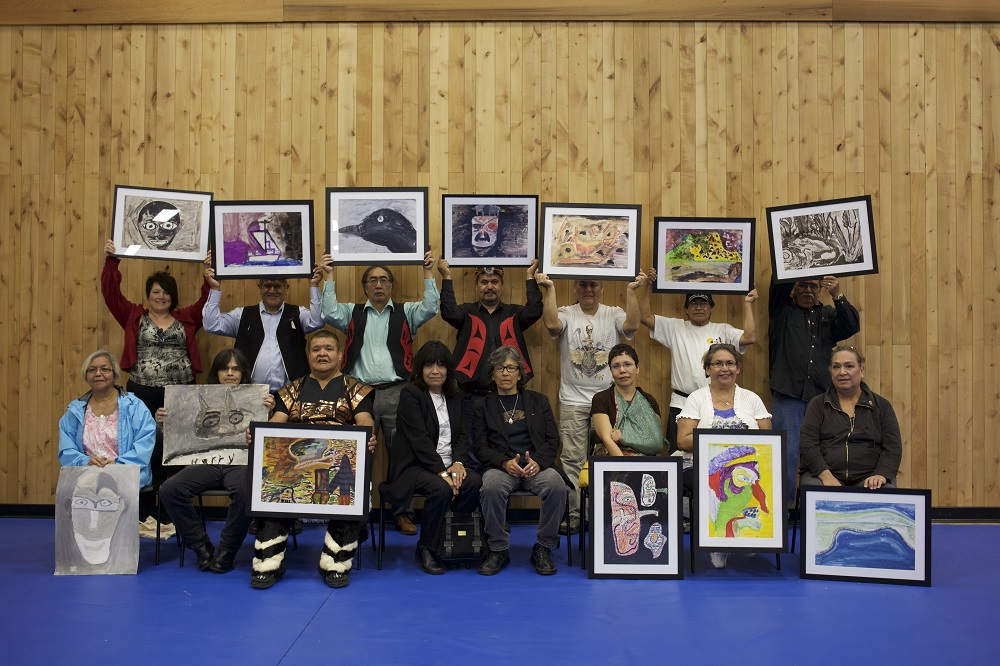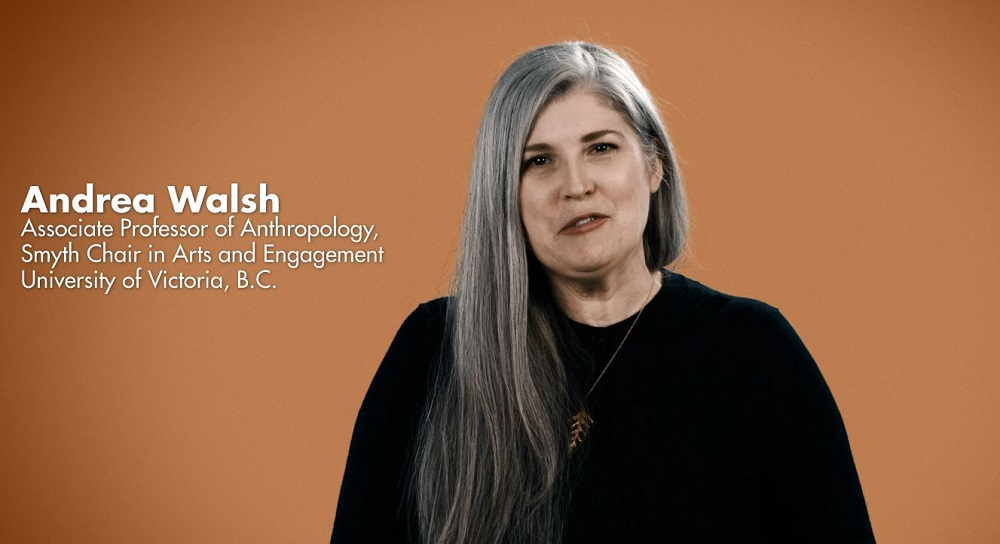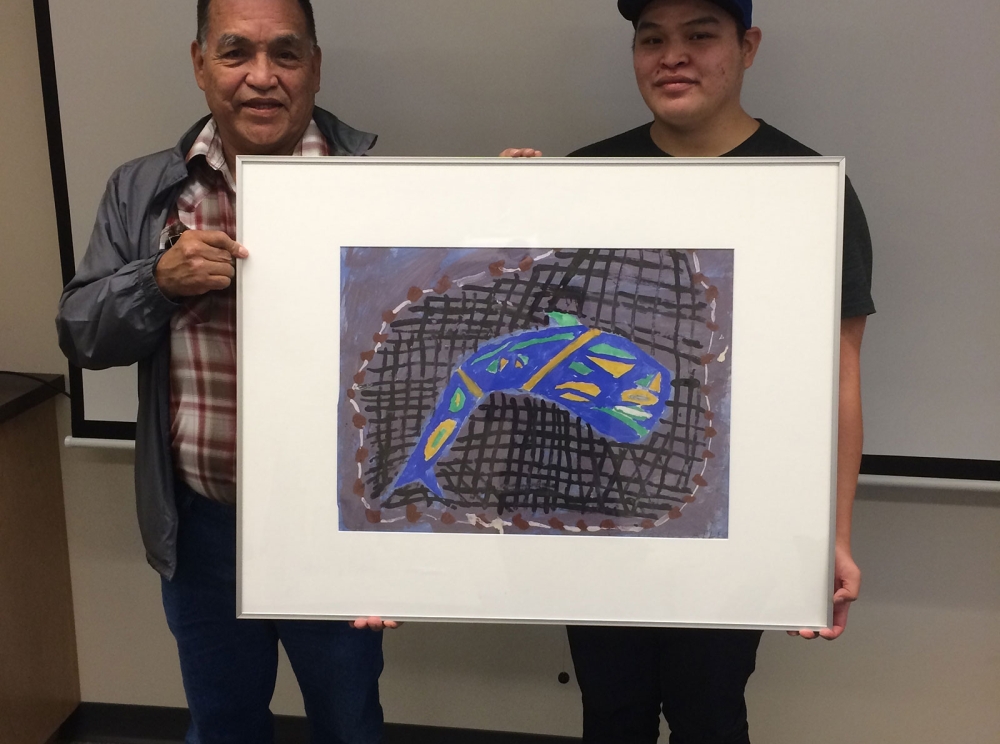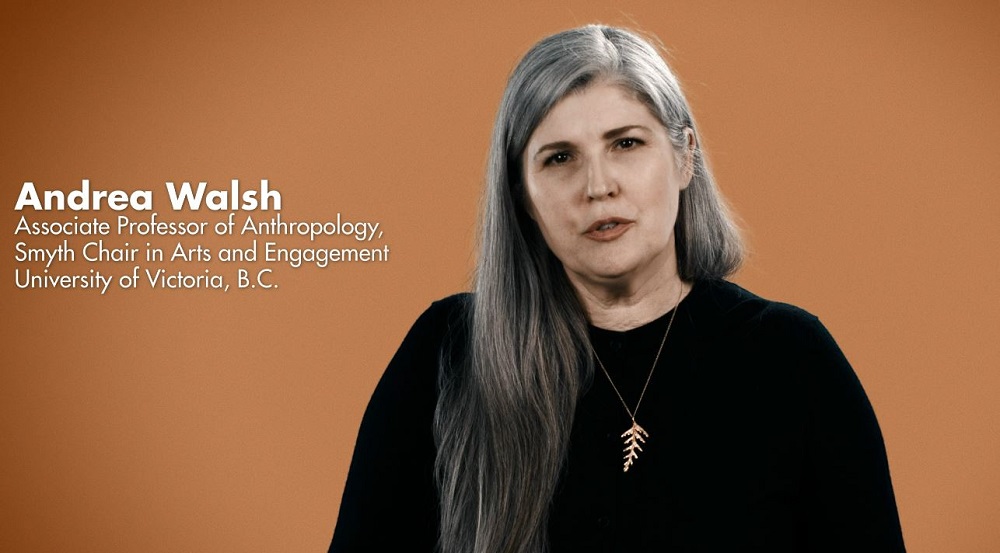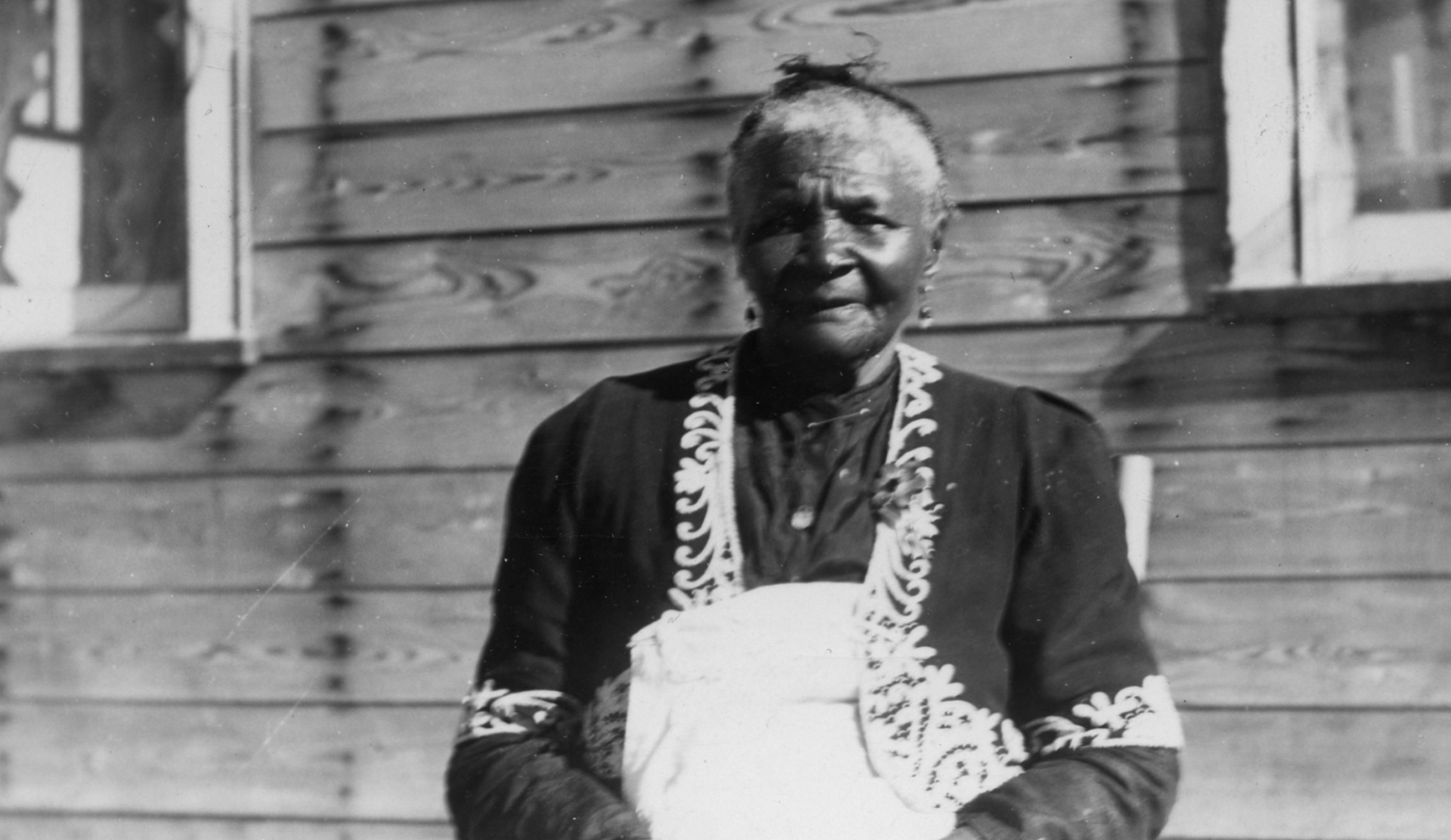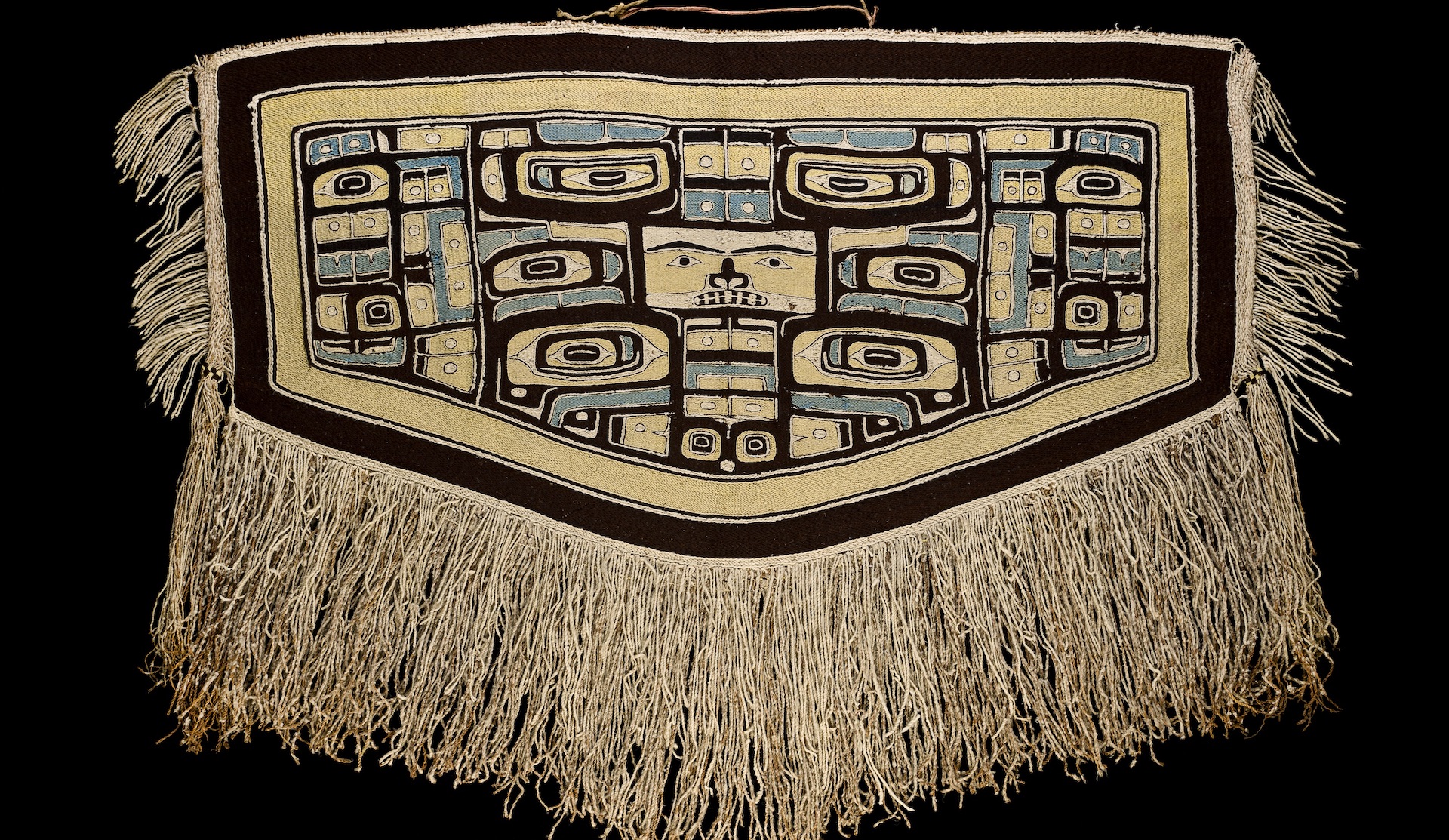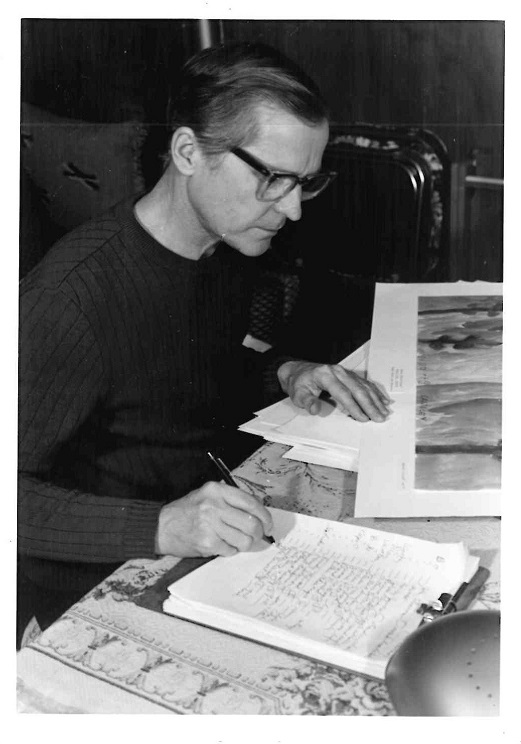
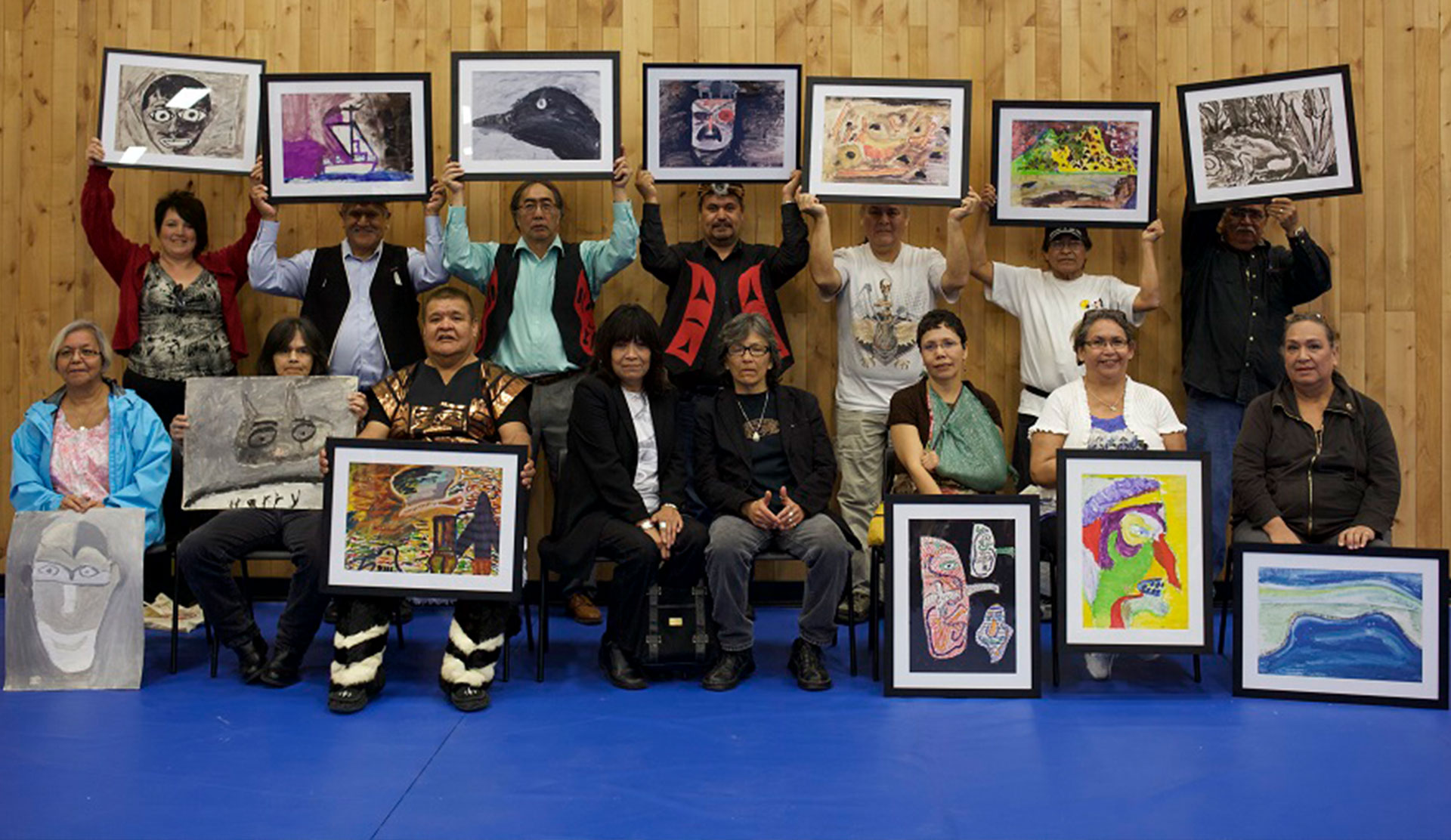
Survivor Truths: The Art of Reconciliation
Survivor Truths: The Art of Reconciliation
The Indian residential school system, a vast schooling program funded by the Canadian state and run in partnership with various Canadian churches from the late 19th century until the 1990s, officially aimed to “civilize” Indigenous children through European models of education. The lived reality amounted to what the Truth and Reconciliation Commission has called cultural genocide. Children were sent to institutions, often thousands of kilometres from home, where they were forbidden to speak their language, endured poor institutional conditions, malnourishment, and often, physical and sexual abuse. They were cut off from family, community, land and culture. For many Survivors, the residential school experience did not end when they left the facility. They carried with them trauma and harm that touched their partners, their children, their extended families, and their communities; these effects echo down through generations to the present day.
This package focuses on the stories connected to a collection of paintings from the University of Victoria and their journey home to Survivors. The artworks, from the private collection of art teacher Robert Aller, were created by students at the Alberni Indian Residential School on Vancouver Island in the late 1950s and early 1960s. Aller kept samples of his students’ work, and these were later bequeathed to the university after his death in 2008. Archivists, researchers and students at the university soon realized the significance of these paintings and worked to reconnect them with the artists who made them. Returned in ceremony and protocol at a feast funded by the Truth and Reconciliation Commission in Port Alberni in 2013, some of the artists chose to make their work available for public education on the history of residential schools. The Canadian Museum of History worked closely with these Survivors, recording their memories of their time at the school and the experience of reconnecting with a rare surviving piece of their childhood. These paintings, and the accompanying oral histories, are shared here as part of the ongoing collaboration between these Survivors and the Museum. They bear witness to the resilience of children’s connections to land, family and culture, in spite of the destructive aims of the school system.
The Canadian Museum of History is grateful to the members of the Alberni Indian Residential School Art and Education Society for sharing the paintings, stories and knowledge that are at the heart of this program.
The Museum would like to thank Dr. Andrea Walsh for her assistance in advising the Museum in this powerful collaboration with Survivors from the Alberni Indian Residential School.
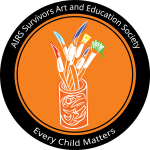
Who is a Survivor?
“Survivor” in this package refers to former students of the residential school system. It is also often used by their descendants – “intergenerational Survivors” – to acknowledge the long-lasting effects of the school system on families and communities. The Truth and Reconciliation Commission adopted the term to respect the resilience and strength they witnessed during their work.
 Activities
Activities
Topics
Robert Aller and the Alberni Indian Residential School
Learn about art teacher Robert Aller and how samples of his students’ work from the Alberni Indian Residential School were returned to artists as an act of reconciliation.
Art as Truth
These artworks bear witness to children’s residential school experiences; they are also expressions of their resilience and represent memories of place and community.
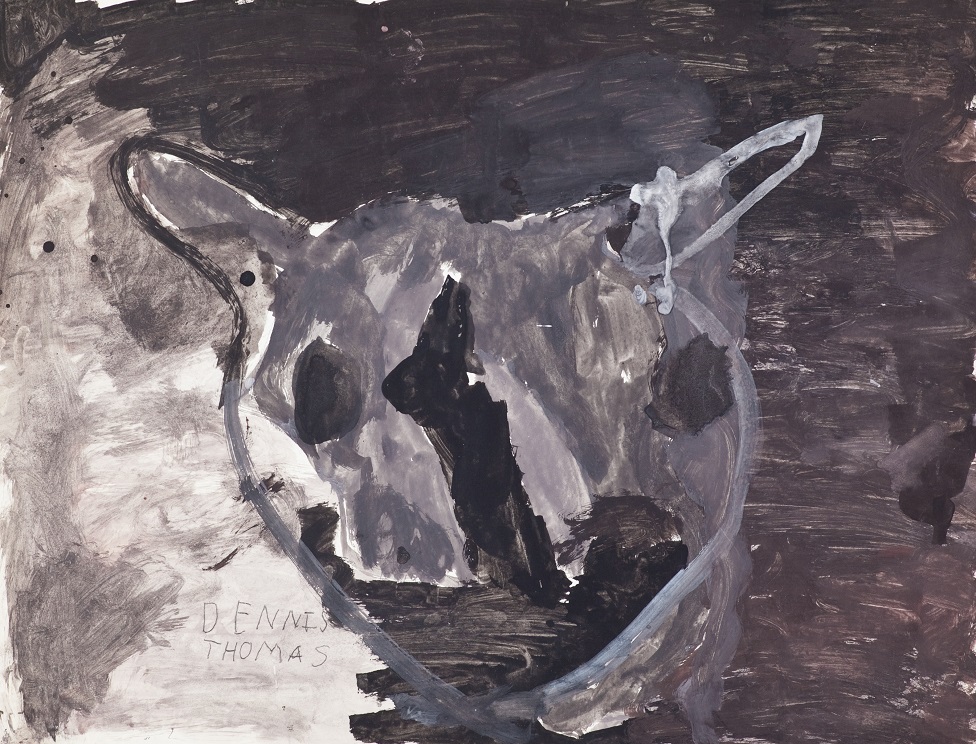
Untitled, by Dennis Thomas, Ditidaht First Nation
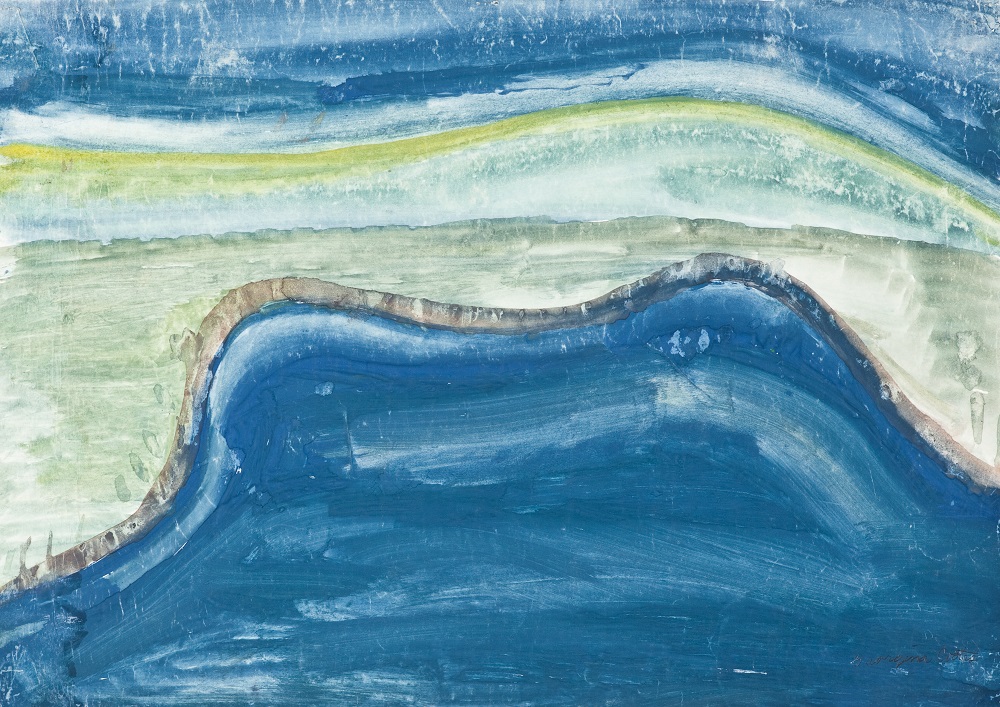
The Beach, by Georgina (Gina) Laing (Cootes), Uchucklesaht First Nation
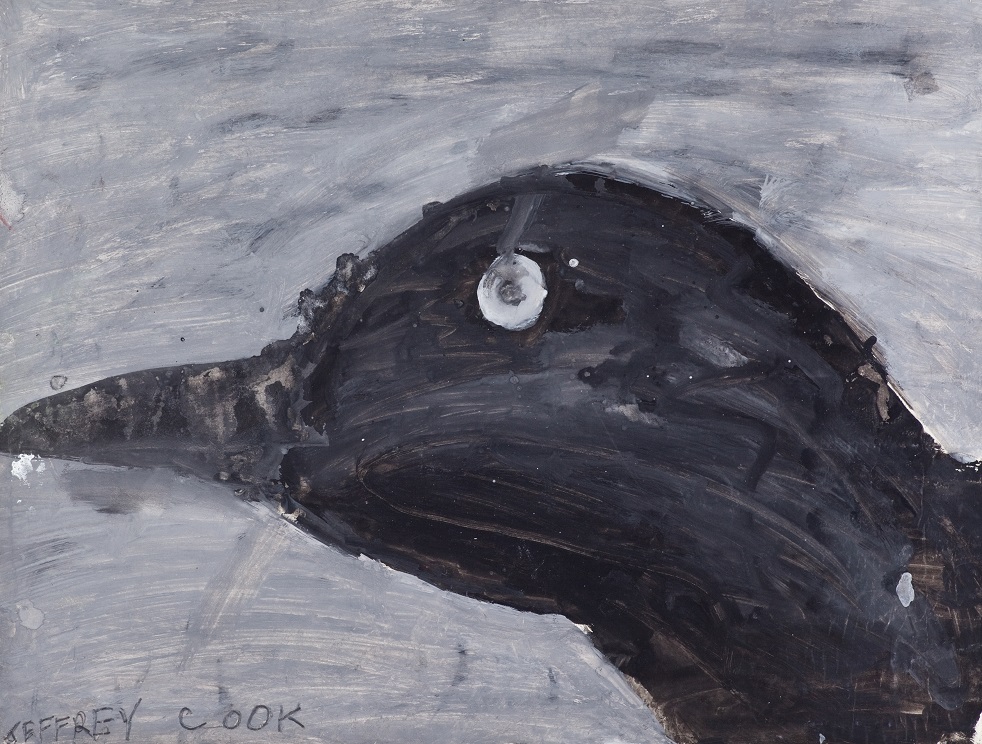
Raven, by Jeffrey Cook, Huu-ay-aht First Nation
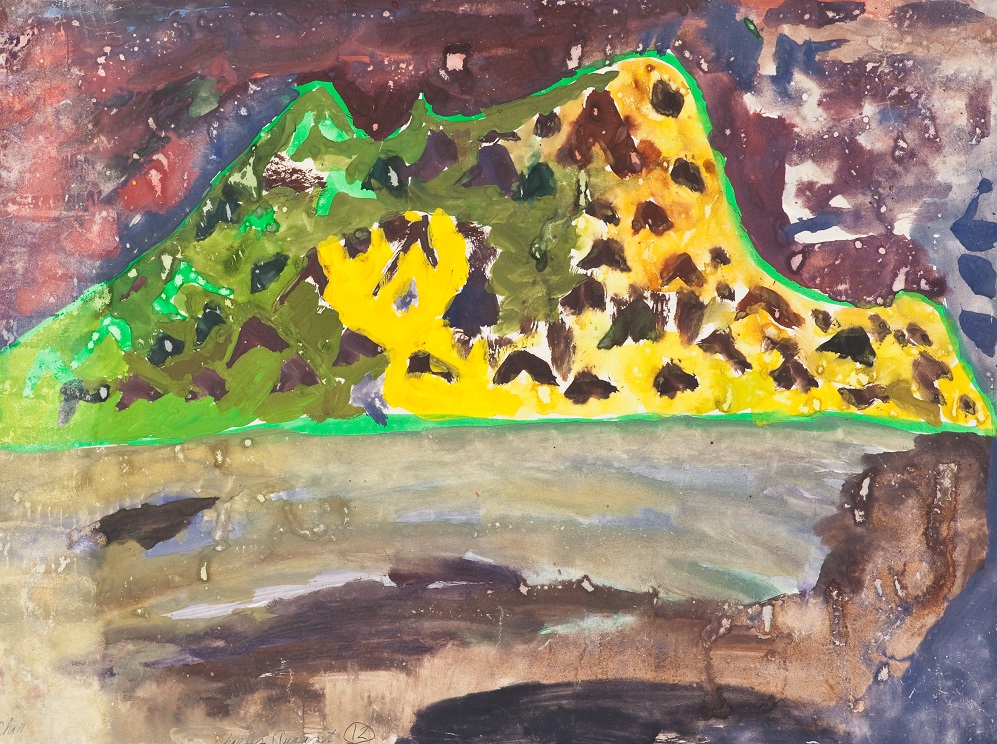
Meares Island, by Charles August, Ahousaht First Nation
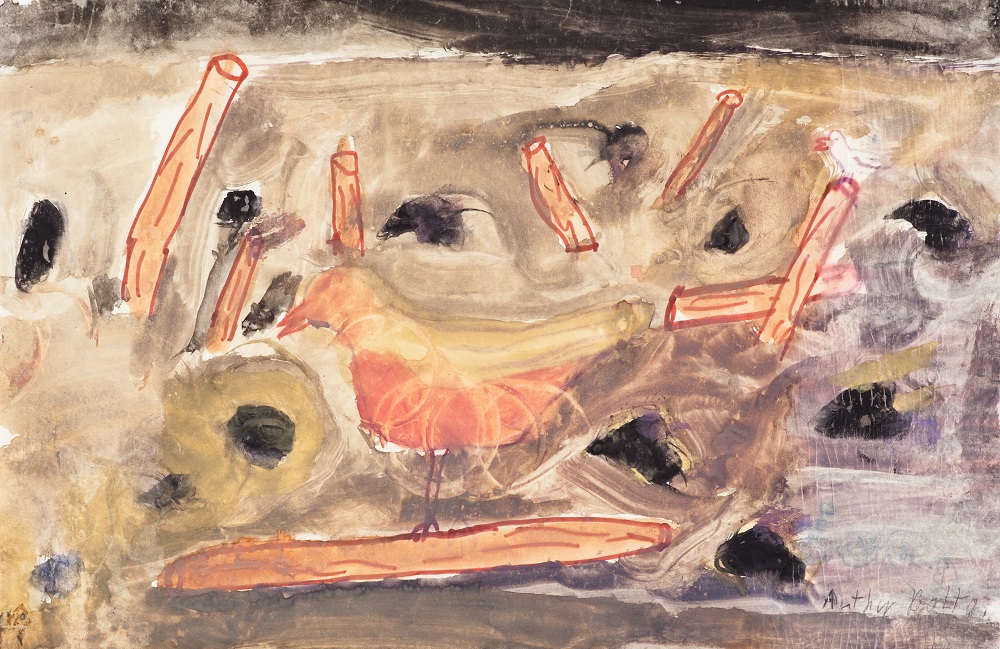
Untitled, by Arthur Bolton, Tsimshian First Nation
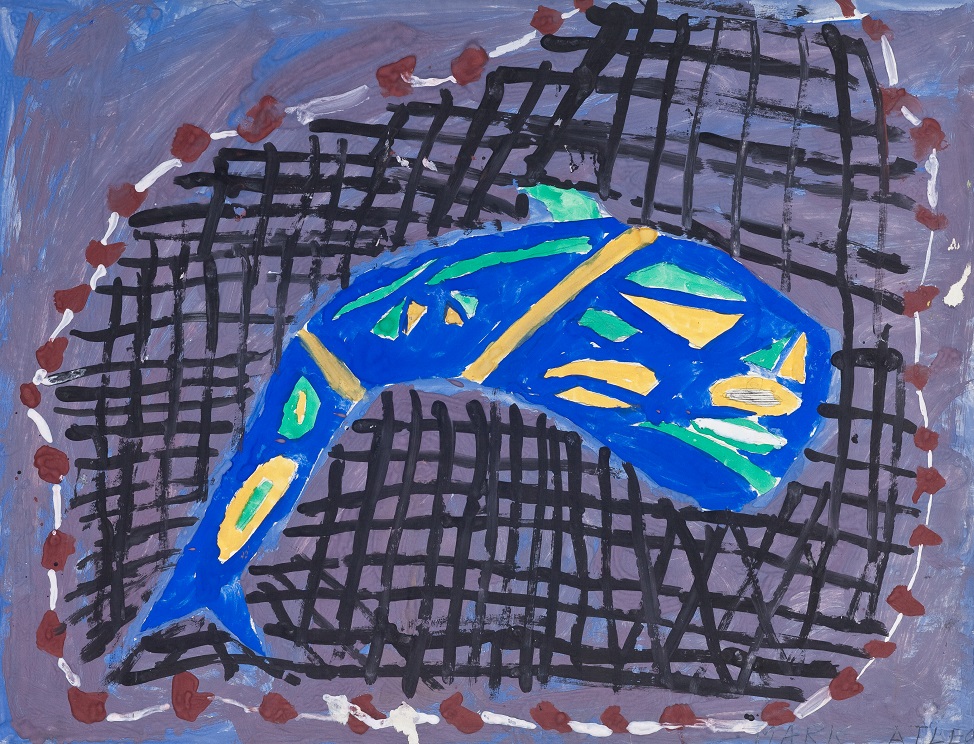
Sockeye Salmon, by Mark Atleo, Ahousaht First Nation
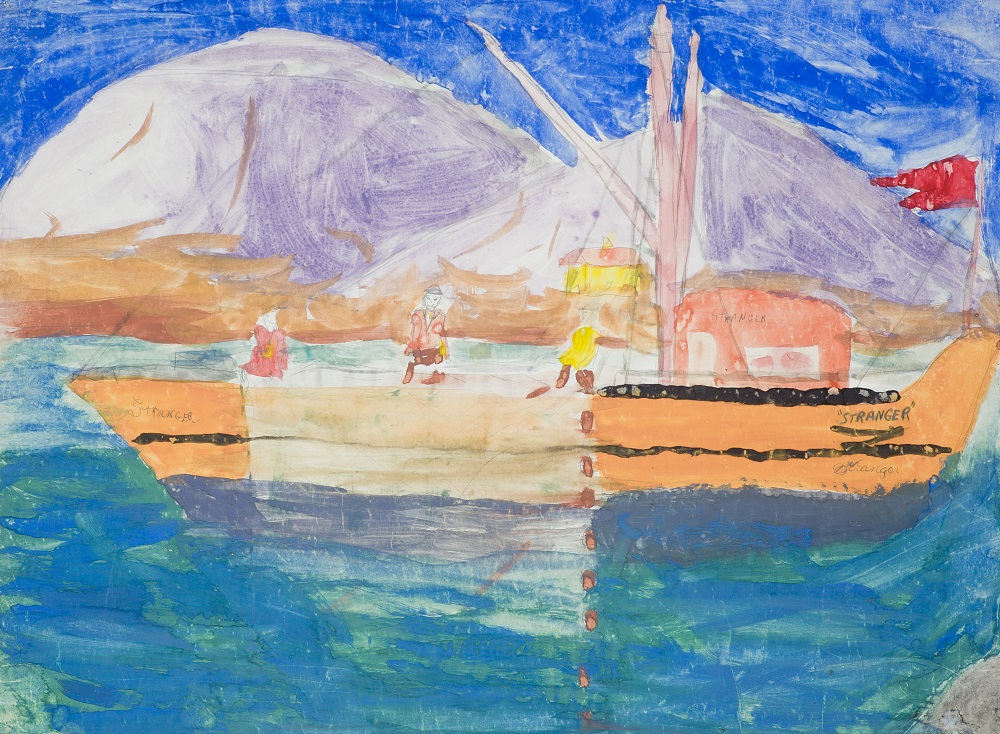
Untitled, by Phyllis Tate (1944-1975), Ditidaht First Nation
Survivor Stories
Listen to Survivors as they describe their school experiences, discuss what it meant to them to be reconnected with their paintings, and share what their paintings represent about their childhoods.
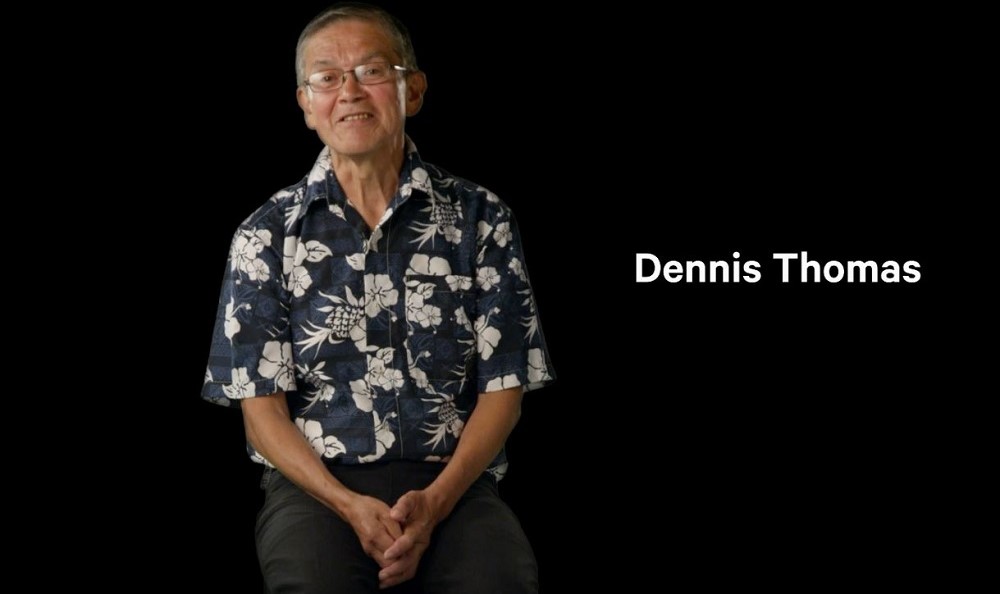
Dennis Thomas oral history
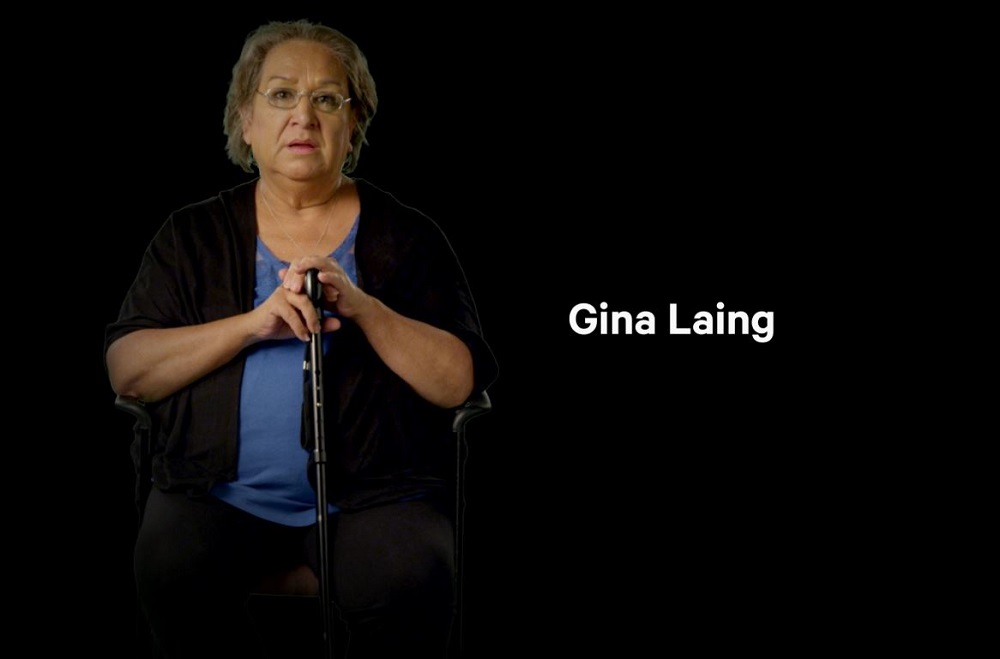
Gina Laing oral history
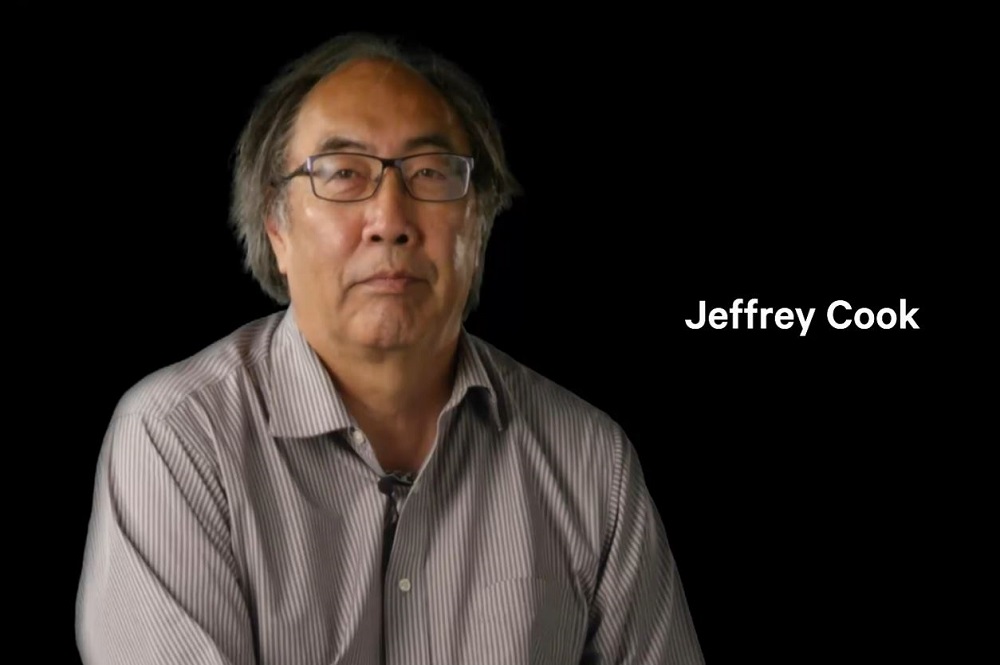
Jeffrey Cook oral history
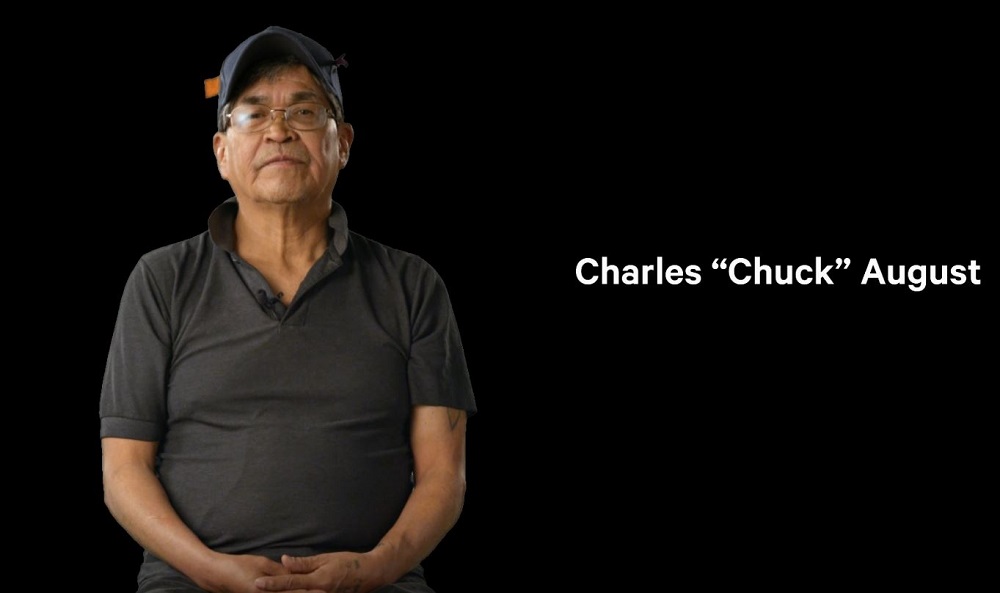
Charles August oral history
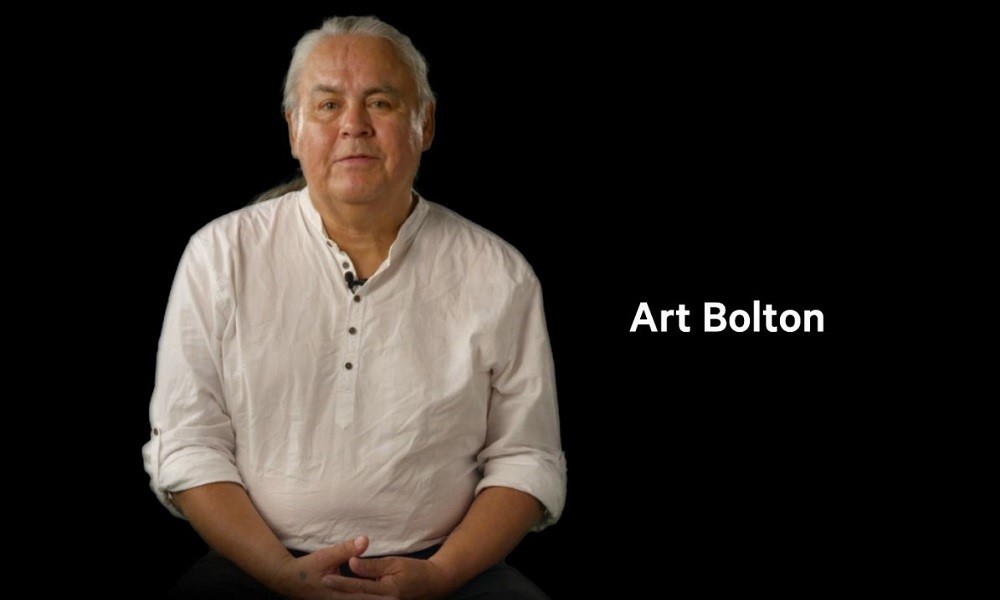
Art Bolton oral history
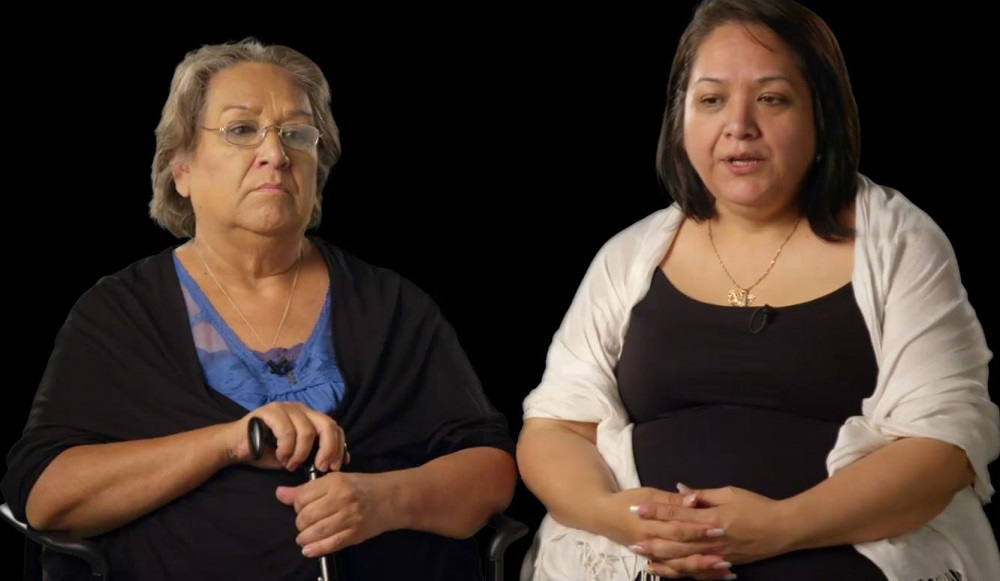
Gina Laing and April Martin oral history
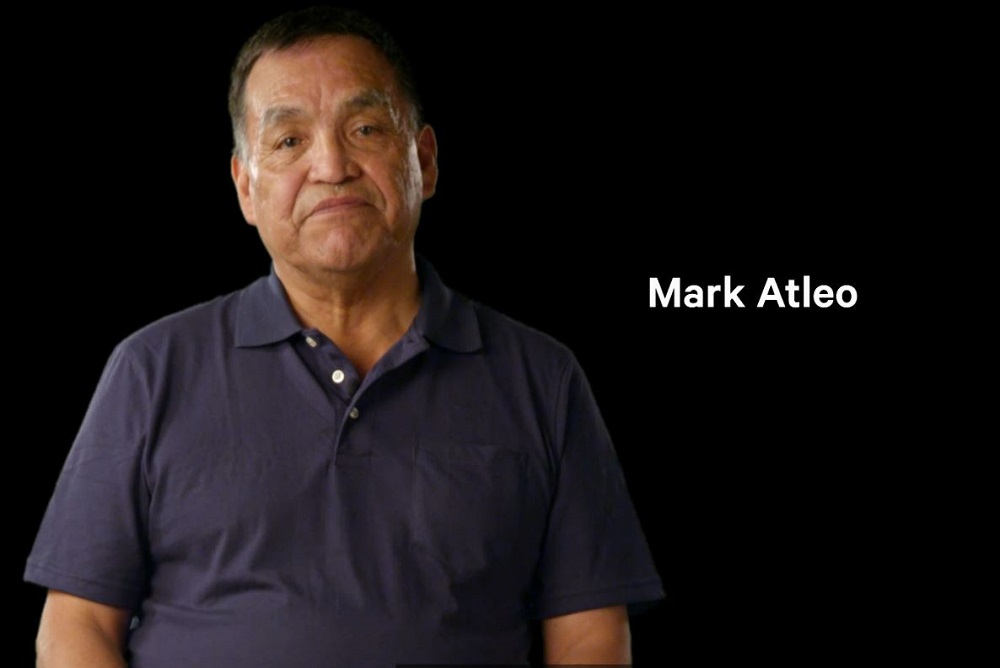
Mark Atleo oral history
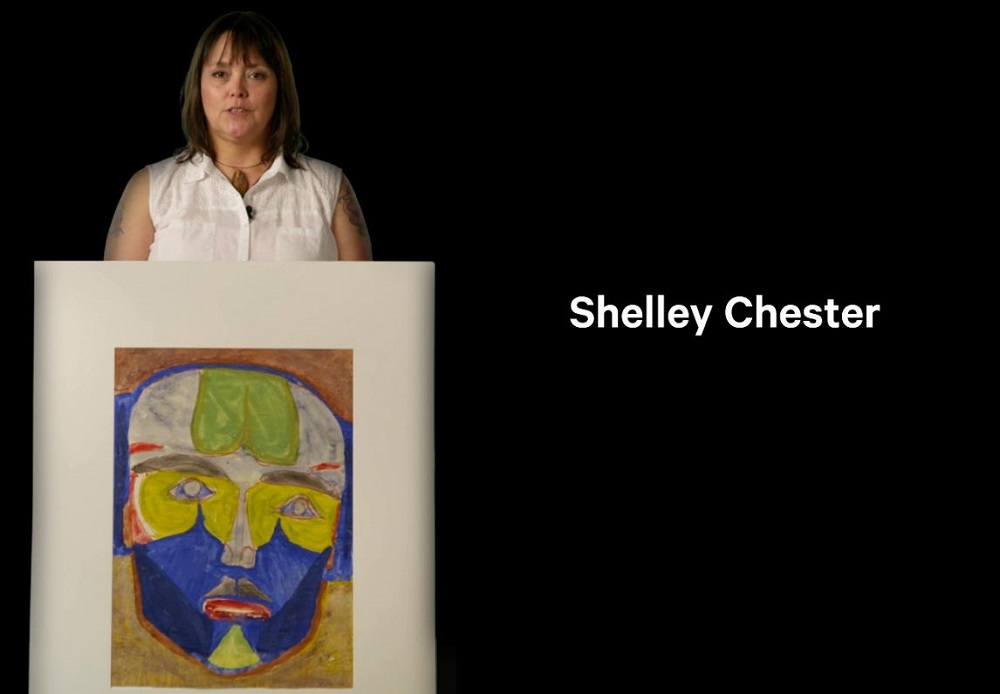

 website
website
